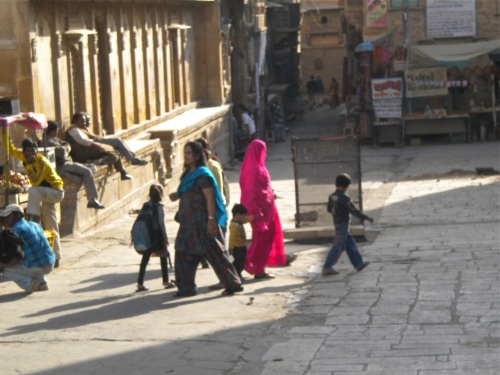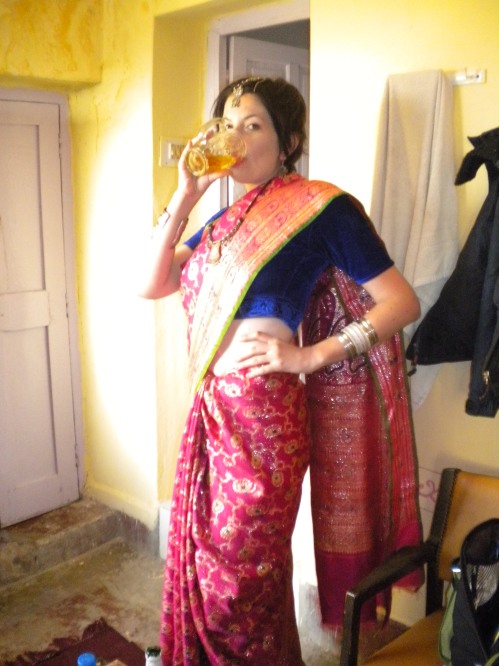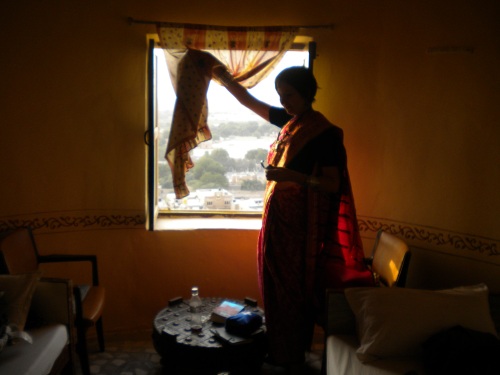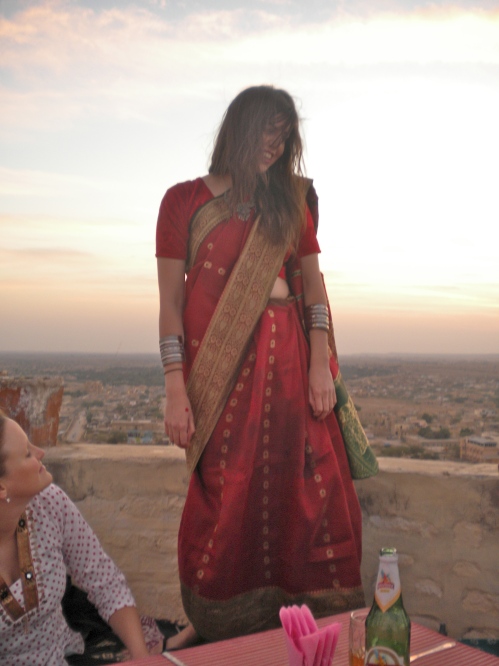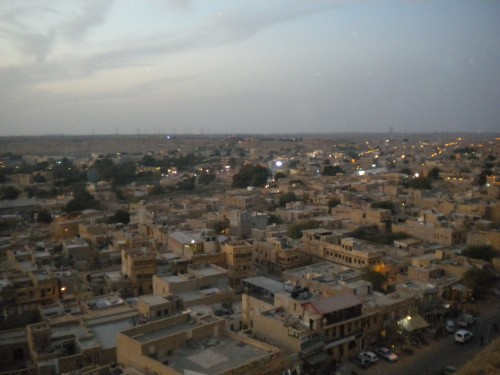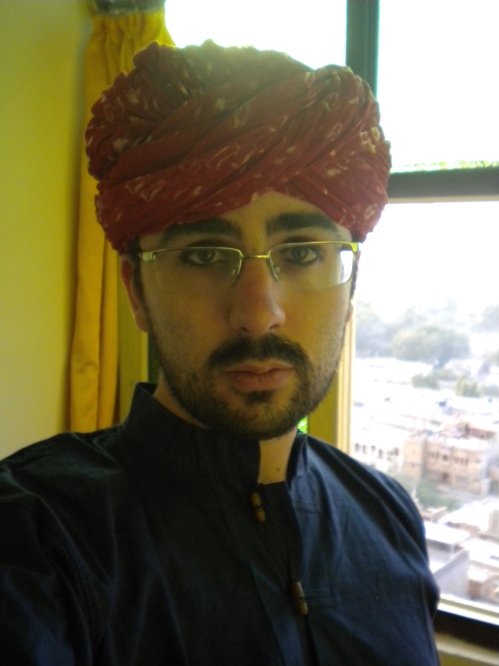
Dervla and I became friends in high school and, despite the sometime continents between us, have remained a constant presence in each other’s lives. Currently, she is teaching English as a second language, but that’s only until she’s off adventuring again. She is the ultimate world traveler and a constant inspiration.
MM: Describe your job.
DP: I suppose the best way to describe my job is ‘people wrangler’. I set out to wrangle children who were too young to talk back but ended up with teens, old men and everyone in between. I attempt to teach ESL that works for everyone in a class with mixed ages, religions and cultures and, most importantly, personalities. I try to bring everyone together, entertain them, hold their attention, not treat them like kids and try not to laugh at the hilarious things they say and write.
MM: What would you like to be doing in 10 years?
DP: Oh god. Those who know me already understand that my life plan changes on a weekly basis and causes much stress in my life. I am a planner hourly, daily, weekly. Currently, I suppose I would like to take the Foreign Service exam, get accepted, work my way up, become a sweet as diplomat, be given a badass posting in Africa, move into my giant free mansion, and schmooze for a living. I crave adventure, chaos, a sense of raw freedom and wherever I am I hope it is all those things, and absolutely not boring.
MM: What book should people start reading tomorrow?
DP: University has ruined my ability to read for pleasure. It is tragic and I hope it’s not permanent. For the last 6-7 years one of my obsessions has been Africa, and thus all my favourite books seem to be about that enchanting continent. Was that lame? Continent for the Taking: the tragedy and hope of Africa by Howard French, The Shadow of the Sun by Ryszard Kapuscinski and The Zanzibar Chest by Aidan Hartley have all left a huge impression on me, changed my thinking, and were impossible to put down. They all offer unique journalistic stories, very personal accounts, a rich history and an honest commentary on some seriously messed up shit. I highly recommend all.
MM: You’re a major hockey fan: what was your favourite hockey moment?
DP: Oh easy, but I have two and they are both personal and thus probably selfish. Okay, so in high school I had an unhealthy obsession with Curtis Joseph and the Toronto Maple Leafs. However being a fairly average middle class woman, who lived with a single mom there was NO WAY IN HELL I could afford to go, or even get tickets to a game. You have to be blond, not give a shit about hockey and drive a Ferrari to get those! Okay, so when I was in grade 11 I wrote a letter to the TML Corporation, sent it to the head office and was offered a job. That is part one of story one. Random and AMAZING. They paid me tons of money and once, on my way to work Curtis Joseph himself held the door open for me. I totally froze and he said “Are you coming?” and I said the most eloquent thing that came to mind. “Are you Curtis Joseph?” Of course he was. Fuck.
My other favourite hockey moment was traveling all the way to Boston where they have reasonably priced tickets to see a game. I had made a poster that said “It is sold out in Toronto so I traveled 500 miles to see my boys!” Our seats ended up being right next to the Leaf bench; I could hear them swear and see them sweat. Heaven. I appeared on Hockey Night in Canada with my sign and then at the end of the game. My favourite player came out and said “Hey, you with the sign, this is for you,” and handed me a used hockey stick. It was the greatest moment of my life!
MM: Describe your bedroom.
DP: Chaos. I am in the process of moving; twice. Once to my mother’s new house and then again two weeks later in with my boyfriend. As a result of my travels I own NOTHING, so my room is currently furnished with a large, dark wood, 1940’s bedroom set that belonged to my grandmother and a mix of old lamps found in the garbage, cast-off IKEA stuff and art from my adventures. I have high hopes for my new apartment, which will be completely furnished by my boyfriend. Like I said, I own nothing.
MM: What’s the last movie/TV show/book to make you laugh out loud? What’s the last one that made you cry?
DP: It has been a long time, which is weird because it usually doesn’t take much. I always used to cry at the end of Extreme Makeover: Home Edition and I am not sure why. That’s pretty embarrassing. Also, I cry during epic sporting events. I’m a sucker for those moving video montages they do, so I guess the Olympics was the last time I got teary, but the Stanley Cup is just days away so you never know.
MM: Tell the story of the craziest, most-unexpected-adventurous day of your life.
DP: Oh dear god. I suppose we go back to Africa, land of the unexpected. My friend Dianne and I were heading south from Dar es Salaam hoping to end up in Victoria Falls. We researched buses that would get us there a week ahead of time and found that there was only one: the Falcon Coach, departing at 6 am. We arrived at the insane bus depot in the dark. With very little light we found our way through the already bustling crowd to our bus. We were stared at, yelled at, ogled at, but at this point we were used to it. We handed over our scrap of paper tickets, found our seats and nestled in. African buses leave when they are good and ready. We saw a man get beaten and kicked off the bus, and were on our way.
Sixteen hours later we pulled into the border town, whose name I think I have blocked from my memory on purpose. The bus was supposed to cross and keep going, into Zambia, arriving in Lusaka in the morning but it turned around, and stopped. There was chaos, we went to the “office”, we got our White Girl on, we yelled, we got angry we realized we were calling attention to ourselves. We had to forage, one at a time for water and food, in a dark, horrid border town because one of us had to watch the stuff, although I suppose the danger/ possible getting separated would be worse. It got dark, groups of men outside the bus noticed there were two white girls inside and started yelling, the old grandma in front of us quickly closed the curtains and an amazing Kenyan woman at the very back of the bus advised us to stay inside, stick with the women, and hunker down. So we did me, Dianne and our African mama protectors.
In the morning everything seemed brighter. The bus started, and rolled across the Zambian border. We went through customs, and it was fairly hassle-free. Then the bus pulled over on the other side and stopped. It did not move for another 10 hours. I nearly lost my mind. Again we foraged for food and drink in a dusty, end of the world town. We found a kid selling amazing fresh baked muffins and couldn’t understand why or how he had managed it. We drank multiple cokes and we watched the bus fill up. I wanted to get off and load the damn thing myself. Finally when the aisle was piled high with food, boxes, people and bags and the sun was setting we left. We stopped in the middle of the night to go to the bathroom and due to the aisle situation Dianne and I had to crawl over the top of the seats, and sleeping people to get out, squat and climb back on.
We arrived in Lusaka at sunrise. We had enough money for two bags of chips, a coke and two trips to the bathroom. We decided to just keep going and haggled, exhausted, for a second bus ticket from Lusaka to Victoria Falls. The day passed in a haze; the dust, the view, the careening bus. In the evening we reached our final destination. It took us 57 hours on an African bus to do it but the hostel had a pool and all was forgotten. The next day we woke up early and walked across the Zimbabwean border, cause we were too cheap for a cab, and it was way further than it looked, but that is a whole other story.
MM: You’ve already traveled throughout Europe and Africa, and into Asia and the Middle East. What are the five places you’d like to get to next and why?
DP: Oh god, you know from above that I could ramble about this for ages, so I will keep it short and sweet.
India: I am craving some madness. It has been too long. I want the smells and the chaos and the challenge and I have ALWAYS wanted to go there.
Cambodia: Specifically for Ankor Wat and deep fried bananas. Actually, a trip around the region would be better: Cambodia, Laos, Vietnam and back to Thailand again. I had a taste and it was NOT enough.
Mongolia: I dream of wide open spaces, and to feel like I am lost in the world, like no one knows where I am. I love that feeling.
Antarctica: It will be my final continent to see, and my friend Chris went last year and his photos made me ill with envy
Africa Again: I have been Cairo to Cape Town on the east side but I am missing more than half a continent. And I know it is lame but it really does get under your skin and call you back.
MM: If something was going to be named after you when you’re gone (presumably, after a tragic bungee-jumping accident in Thailand) what would you like it to be?
DP: As long as it was named Dervla and not my last name anything would really be okay. I suppose in my dreams, the best travel guide that ever was. Instead of “Hey let’s check the lonely planet,” you could say “Hey let’s look in the Dervla” which also sounds kinda dirty. Oh, or a beer. Yes, a beer in my honour would be so sweet.
